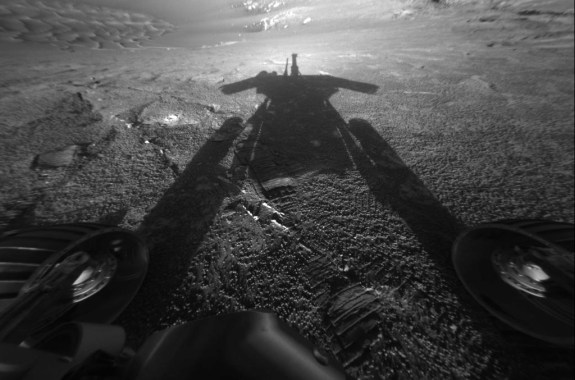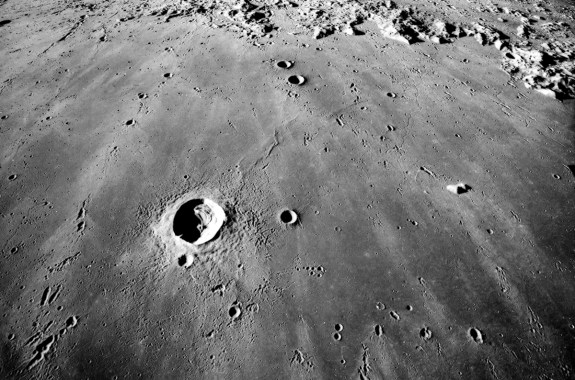Katie Feather is a former producer for Science Friday and the proud mother of two cats, Charleigh and Sadie.
Katie previously worked as a reporter and producer for KBIA, WHYY, WNYC and The New York Times and has a degree in science journalism from NYU. Her work reporting on events in Ferguson, Missouri, in 2014 won a National Murrow Award for small-market feature reporting.
A native of the New York metro area, Katie currently calls New Jersey home (and feels guilty about it). She hopes to one day live near the beach.
16:58
The Leg Bone’s Connected To The Ankle Bone—But Why?
The story of how our skeletons evolved to look they way they do.
7:01
Blue Skies Forever? It’s Not As Cheery As It Sounds
Extreme conditions during climate change could cause the disappearance of stratocumulus clouds—for good.
7:49
Wireless Monitoring Gives Parents Greater Access To Newborns In The NICU
Free from wires, parents can experience more skin to skin contact with their babies thanks to a new wireless monitoring device.
9:20
Now Presenting, The Nominees For The Next Space Telescope
Four telescope projects have been nominated to be NASA’s next great observatory. But which will take home the coveted award?
7:39
NASA Loses An Opportunity, And Greenland Takes One
This week, we say goodbye to the rover that turned a 90-day mission into a 14-year journey on the Red Planet.
17:14
What Would You Pay For Faster, Smarter Government Data?
Calculating the financial and ethical cost of storing government data in the cloud.
17:08
How Much Carbon Do Our Forests Capture?
Forests are some of the biggest natural weapons we have to fight rising global temperatures. But how well are they working?
3:52
The Complex Problem Of The Invasive Common Reed
Common reeds are invading New England marshlands—but could this “stubborn bully of a plant” help marshes weather climate change?
6:19
The Cold Case That Began A DNA Forensics Revolution
The investigative podcast “Bear Brook” explores the first case to use consumer genetic testing to find a killer.
16:38
Learning Earth’s Impact History With Lunar Craters
The moon may have gotten its distinct pockmarked appearance more recently than you think.








